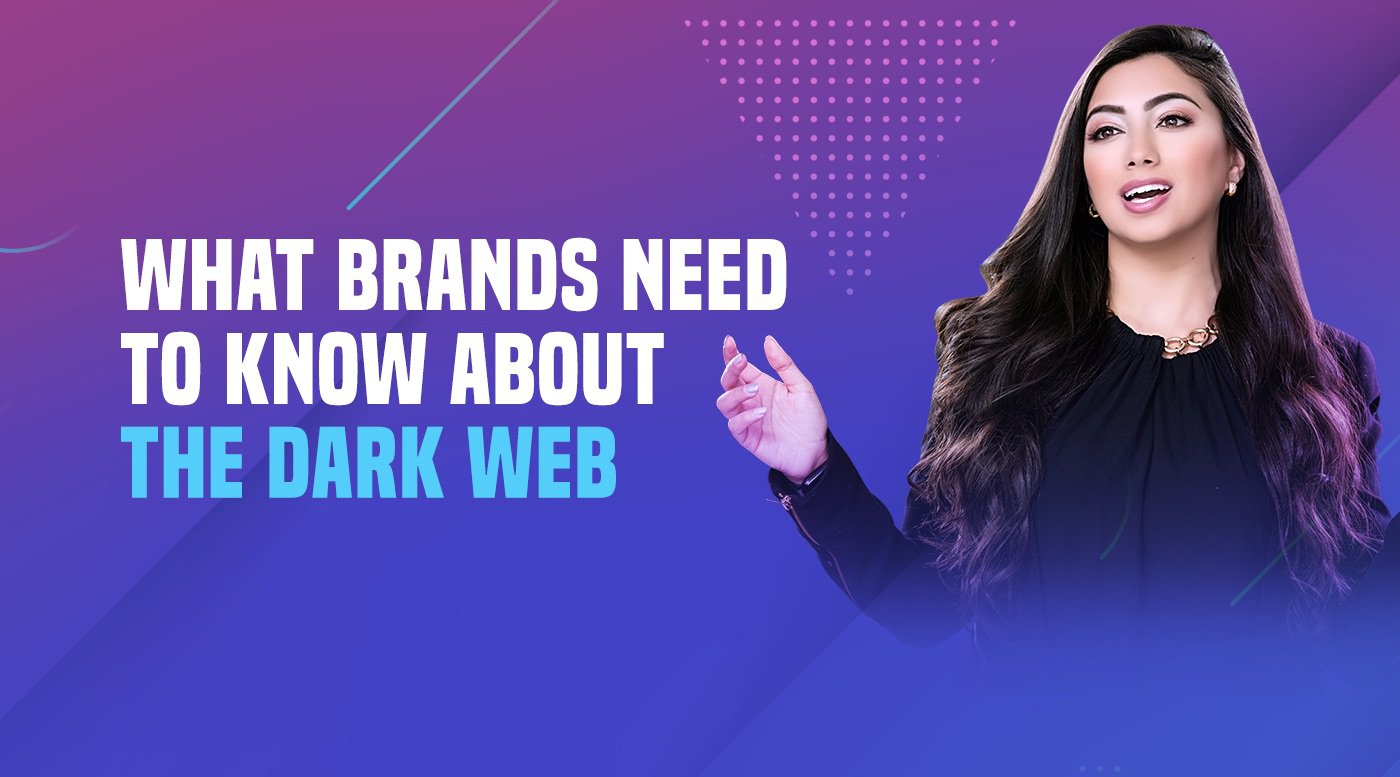Your Audience Is Bigger Than You Think: How To Generate Consumer Demand Across The Supply Chain
There’s only one main differentiating factor for brands today: relationships. With all the digital noise out there, it’s nearly impossible to stand out from the crowd based on the nuts and bolts of your product or service alone. It’s your corporate behavior, the way you treat your customers, the way you engage with your customers—your relationships—that can push you to the front of the pack.
But here’s the thing. It’s not just the consumer-facing businesses that are having to invest more heavily in relationships these days. The necessity of doing so is traveling up the supply chain, through distributors to manufacturers to suppliers.
Part of this is because the supply chain is far more transparent than it’s ever been. With a little Google sleuthing, anyone from a consumer to a buyer at a major retailer can access tons of information about the distributor they’re considering.
And with these developments, it’s become more important than ever for marketers to be savvy about the relationships that manufacturers, suppliers, distributors, and retailers have with each other and with consumers.
It’s not straight B2B or B2C anymore—you could almost call it B2B2C, or B2C2B. The order of the letters isn’t important. What matters is this concept that all the entities in a supply chain are working together and balancing relationships throughout the chain, not just with those immediately on either side of them.
How this plays out in the real world has huge implications for us as marketers. Here are some of the key lessons my team and I have learned in the course of creating campaigns that effectively reach and engage multiple links in a client’s supply chain.
Working with a manufacturer or distributor today rarely means staying within the realm of their immediate B2B customers.
Before the digital age allowed us transparency into all the different “hands” that touched a product in the course of bringing it to market, creating a marketing campaign for a manufacturer generally meant appealing to their direct customers—the product development companies, for example, that hired the manufacturers. There was little need to consider how the product development companies’ customers (brands that sell the products to consumers) would fit into the overall campaign since those brands likely wouldn’t come into contact with it. And consumers were the least likely of all.
Today, of course, that’s different, which means marketing must pay attention to a host of other considerations.
Will the marketing campaign for the manufacturer fit with the one the product development company is creating?
Do they possess a shared ethos, or at least a compatible one?
If a consumer stumbled upon one of the whitepapers you’re creating, would they approve? Disapprove? Not notice?
And last, but not least: how is this campaign affecting the other organizations that your client deals with? Are you stepping on any toes? Are you staying in line with the consumer brand’s promises?
An example: The Nouveau Eyewear-True Religion #BeingSeen campaign
Recently, my team and I at Zen Media were brought on by Nouveau Eyewear, a supplier of eyeglass frames to stores and opticians, to help launch a new line of eyewear by the high-end denim brand, True Religion.
This wasn’t a simple, straightforward launch, as the frames—which retail for around $100—would be sold exclusively in Walmart Vision Centers. So the relationship we were working with was between Nouveau, True Religion, and Walmart, and our campaign would have to work for all three of them.
We designed the campaign around the concept of #BeingSeen: being seen for who one truly, authentically is. The concept tied into the way True Religion’s stylish, unique frames help wearers showcase their own personal style.
Then, we crafted social posts for both True Religion’s and Walmart’s social feeds, taking care to create some with a shared focus on the central theme of #BeingSeen, and others that would appeal more specifically to each brand’s customer base.
We also recruited influencers for an influencer marketing campaign, with both brands signing off on the final eight whom we engaged.
The end result was a success by any count, with a reach of more than half a million and thousands of website visits directly tied to influencer posts.
This kind of campaign, with multiple stakeholders at various points in the supply chain, would never have worked if the stakeholders themselves—Nouveau, True Religion, and Walmart—hadn’t been committed to building a healthy, ongoing relationship with each other.
Anyone who’s worked in marketing knows how challenging it is to pull off a complex launch when the communication between various stakeholders isn’t well coordinated.
And in today’s landscape, with campaigns of this complexity becoming more common, brands at all points in the supply chain must focus anew on creating strong relationships with the suppliers, manufacturers, and retailers they rely upon. If not, it’s all too easy for a competitor brand to step right in.









